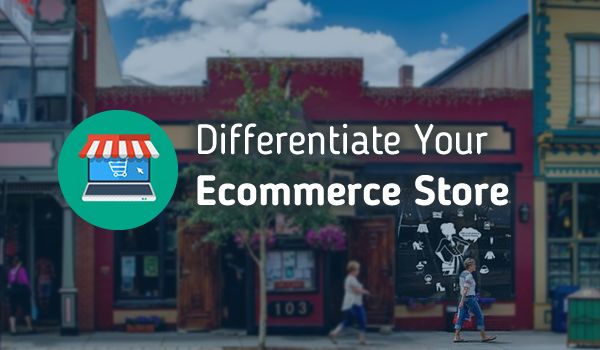Magento 2 was released in 2015 after many delays and with the enthusiasm that it has been received with, it obviously was worth the wait. Several websites have migrated to Magento 2 and several are in the process of migrating.

I am a person who in always interested in upgrading to new technologies. I did switched to Windows Vista, Windows 8, and all such new software releases without a second thought. But, when it came to Magento 2, I was not equally quick in switching over.

I am a person who in always interested in upgrading to new technologies. I did switched to Windows Vista, Windows 8, and all such new software releases without a second thought. But, when it came to Magento 2, I was not equally quick in switching over.
Why?
Remember when various Windows version came out or when any such huge software upgrades were released? Remember what was common in all of those upgrades?
Bugs! A lot of bugs.
Encountering bugs in a new software is not uncommon. But, when there are bugs in an eCommerce website, it is definitely a huge problem as you may lose many customers because of that. Experimenting with an eCommerce website by upgrading it to a new software full of bugs may prove to be a pitfall for your business.
When people approach me with questions related to migration to Magento 2, I have been really apprehensive about upgrading the core software that powers your business before all the faults are cleared out. But after 2 years of its initial release and 8 versions later, I think it is safe to migrate from magento 1 to magento 2.
Once I realised the time is right, I researched about pros and cons that one needs to know about while moving forward with the migration.
The pros of migrating to Magento 2
- More in-built features: As the magento 2 platform itself has a lot of native features integrated within it, it seems to be a full package. With most of the features in-built, there are fewer extensions required.
- Improvised performance: There is no debate about the performance that Magento 2 has to offer. It is way better than the magento 1 platform.
- Fully responsive and touch friendly layout: Magento 2 has a layout that is responsive by default and thus, one does not have to spend time trying to modify various screen views.
- Easy to add functionality: Magento 2 has a setup that has easy and simple backend management with a better UX, thereby offering an enhanced functionality to the admins. Also, the user end functionalities have been improvised by adding a superior UX.
These benefits are bound to improvise the UI/UX of the webshop, thereby attracting more customers.
Also, with Magento 2.2 expected to be releasing soon, Magento 1 is expected to become obsolete by the end of 2019. So, it is better to make the switch now with a lot of time to spare than doing it in haste when it becomes necessary.










